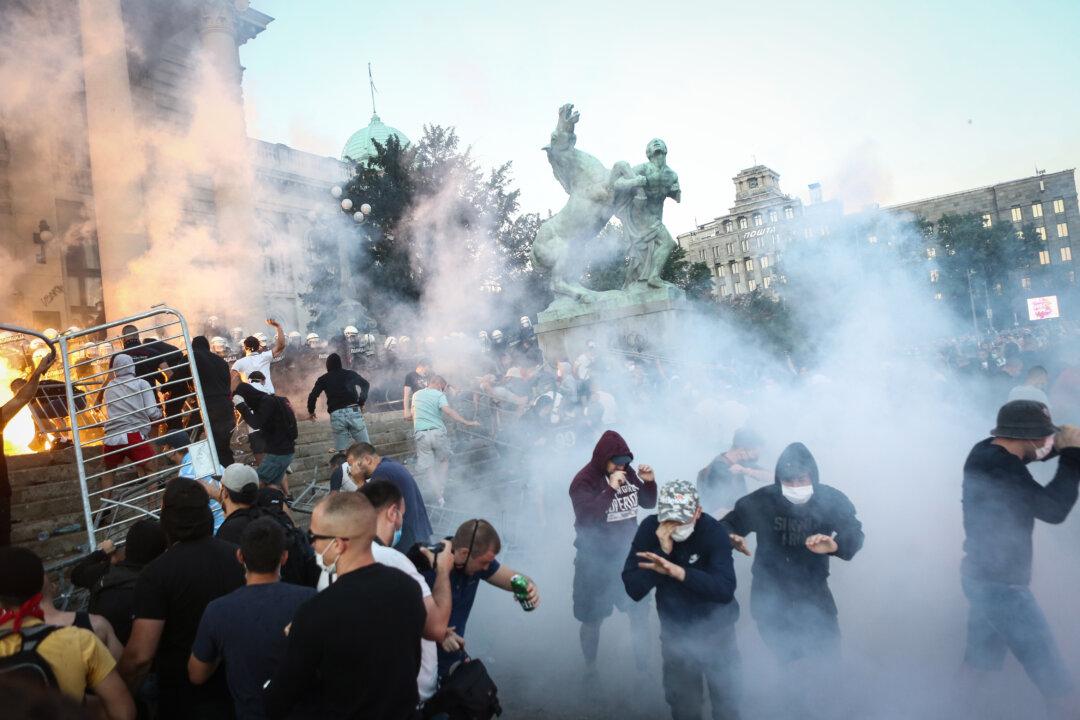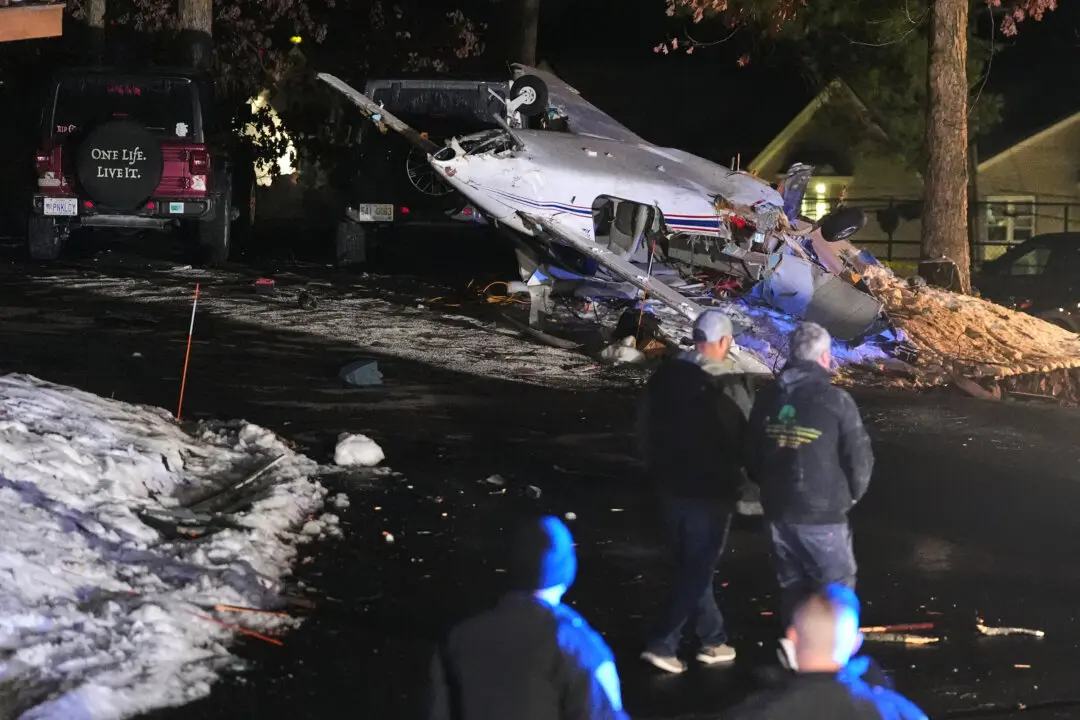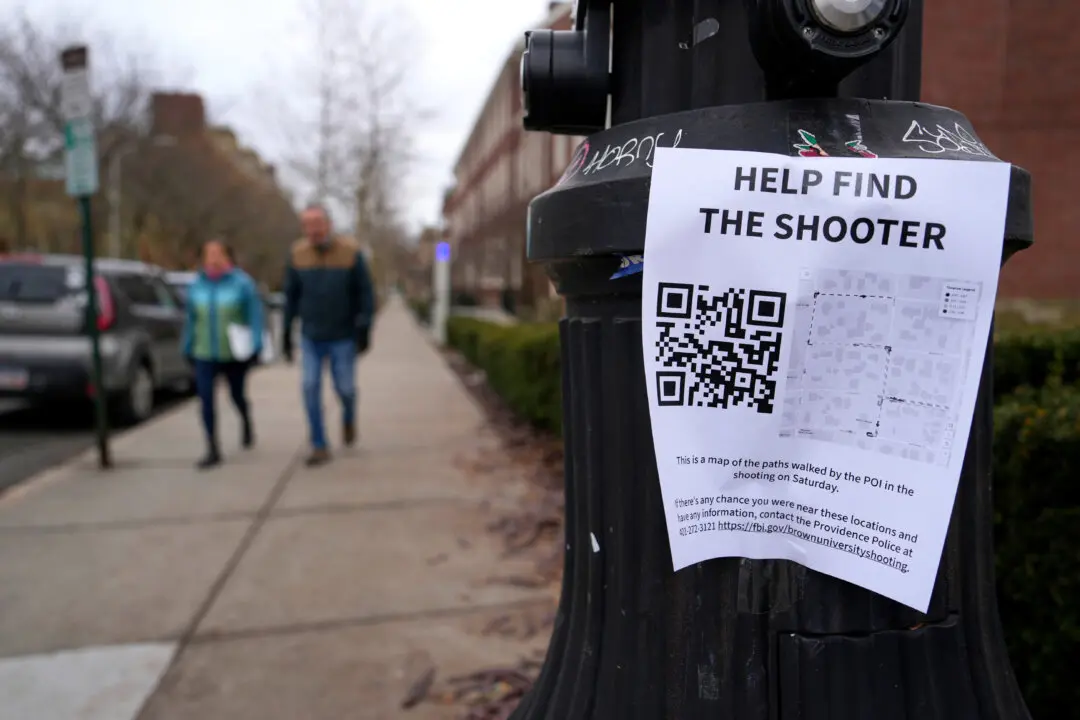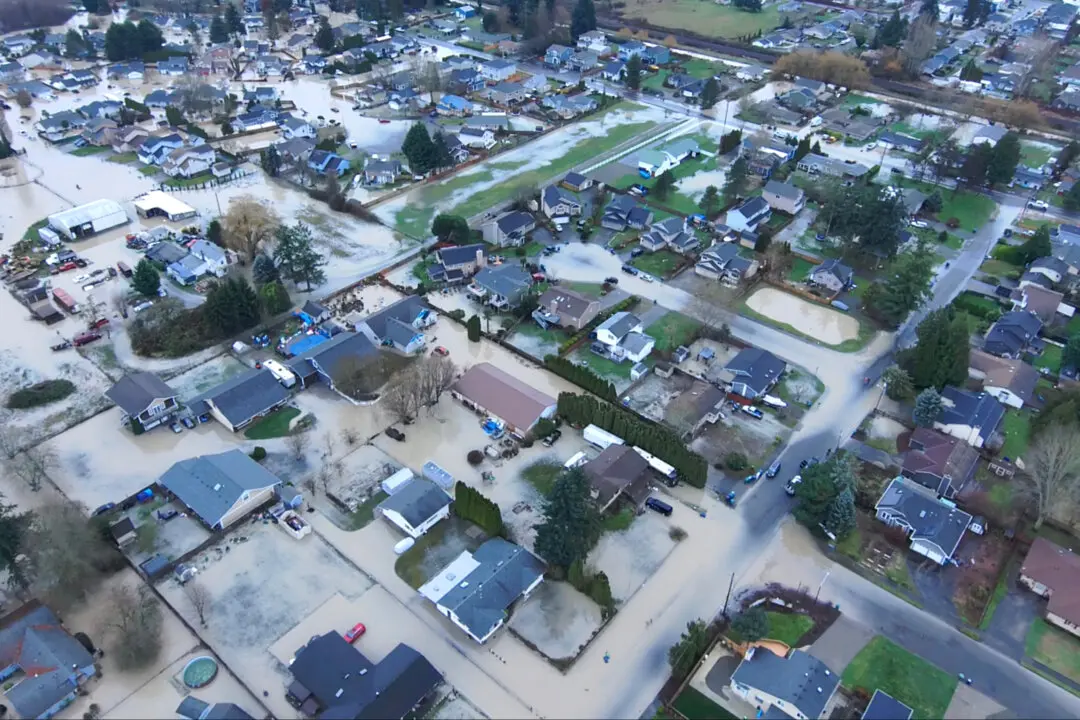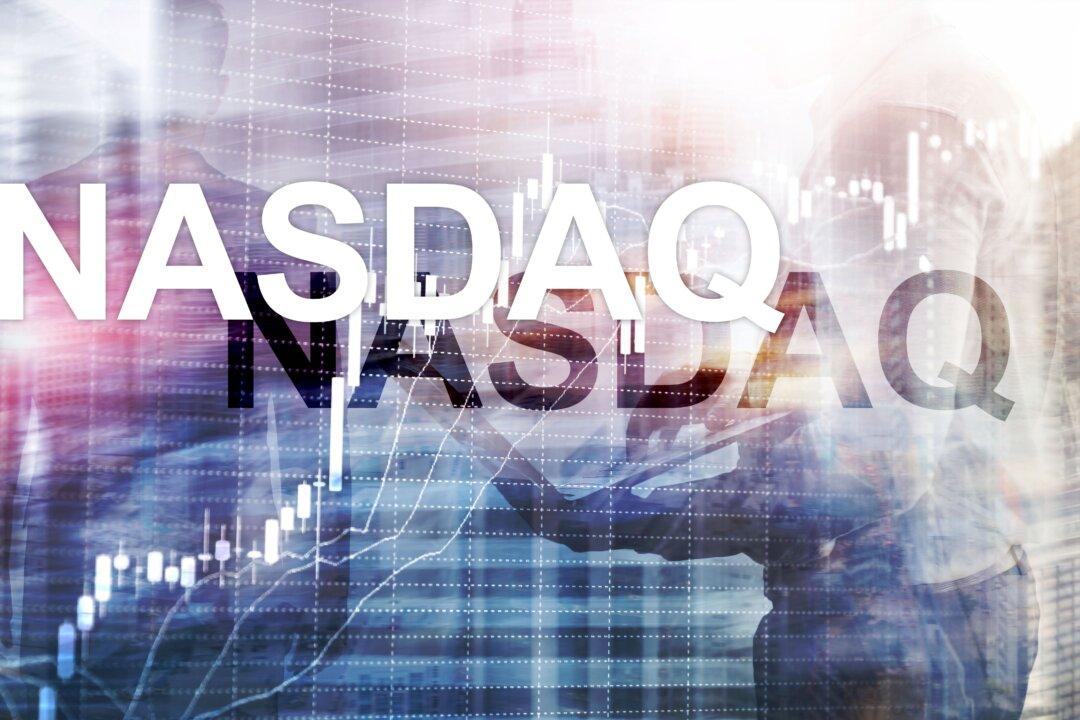BELGRADE, Serbia—Serbian authorities on July 9 banned gatherings of more than 10 people in the capital, Belgrade, after two nights of violent clashes between police and thousands of demonstrators protesting coronavirus lockdown measures.
Serbia’s government crisis team said the restriction was intended to prevent the virus’s further spread following the clashes, where social distancing was barely observed and few people wore face masks.
